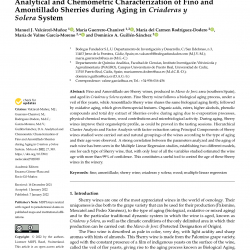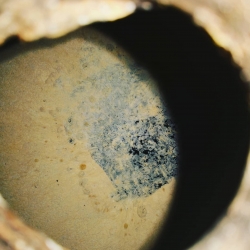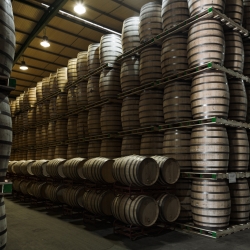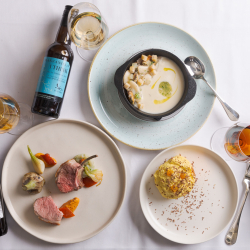Sherry and Wood
There are two principal effects on wine aged in barrels, which are usually French or American oak. Firstly the wine absorbs flavours and aromas from the wood along with tannins, depending how long it is aged. And secondly, it absorbs a degree of air thanks to the wood’s porosity which also contributes to gentle evaporation which concentrates the wine slightly. With time and care both effects are beneficial to the ultimate complexity and smoothness of the wine.
Producers of fine table wine are looking for the added flavours and aromas offered by new oak and usually have the interior of the barrel toasted to a suitable level which will impart further character. They prefer smaller barrels, usually 225 litres, which age and flavour the wine more quickly due to a higher wood to wine ratio, and generally replace them after about three years when the oak flavours become less intense. Some replace their barrels every year. It is worth pointing out that after years of bottle ageing all these diverse flavours mingle into a single complex ”bouquet” and are difficult to distinguish individually. Unfortunately far too many wines are drunk before this can happen.
Things are quite different in Jerez however, where wood has been used for far longer.
Indeed the Gremio de los Toneleros de Jerez, or coopers guild, was established in the mid-XV century, some 400 years before Rioja took to oak seriously. But here flavours and tannins from new oak are not wanted, partly because they tend to inhibit the flor and partly to avoid as far as possible the bitterness of tannins extracted from the wood over what are normally much longer periods of ageing. Sherry is much more complex and can speak for itself without the need for extra flavouring.
Producers, therefore, prefer big barrels, normally 600 litres (36 arroba) butts with a lower wood to wine ratio. Furthermore, any new butts must by law be seasoned for a minimum of three years to remove excess tannin and oak flavour before use, which is often for many decades. They are repaired rather than replaced which helps to preserve the eco-system which has taken years to establish itself in each one, especially those containing Fino or Manzanilla, to which it gives added complexity.
Like table wine barrels, Sherry butts are also porous allowing a small amount of air in and evaporation (“merma”) out. This consists mainly of water, depending on the humidity level, so the wines slowly and naturally develop concentration, which over the passage of time gives us intensely flavourful and aromatic wines, far beyond what can be achieved in table wine.
It is worth remembering that even a decent everyday Fino has more wood age than most gran reserva table wines, and costs a great deal less.
The views and opinions expressed in this article are those of the authors and do not necessarily represent those of El Consejo Regulador.
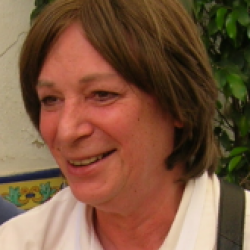

21 March 2016


